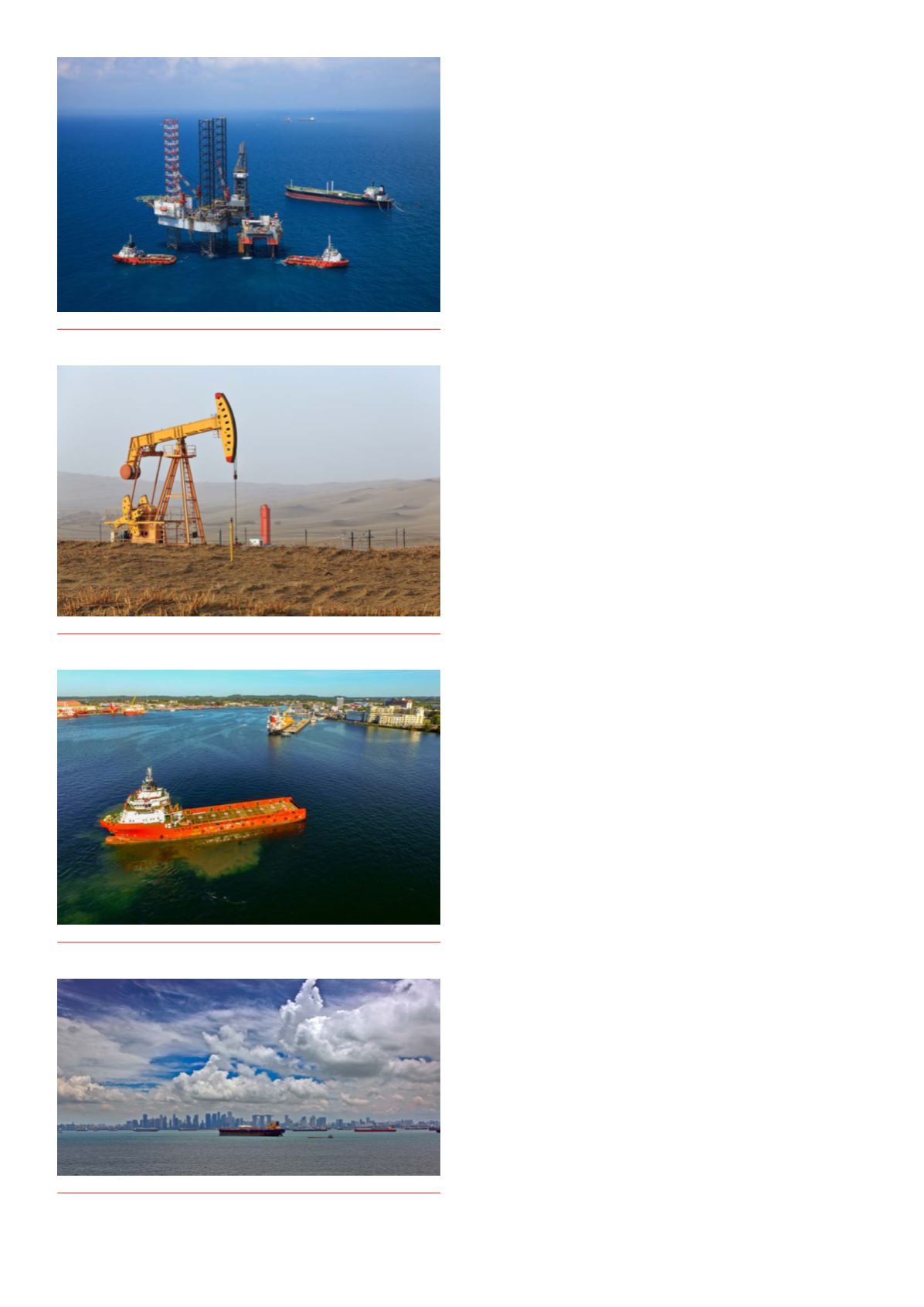
12 |
Oilfield Technology
May/June 2020
For many Asian countries, which are major consumers and
importers of crude oil, the COVID-crash might appear to be a
once-in-a-lifetime buying opportunity to fill their strategic reserves
and stock up before prices resume an uptrend. However, as any
commodity trader will know, picking the low point in the market is
never easy and over-committing to deliveries for which there is no
storage or refining capacity is a high-risk game. Who would ever have
expected that crude oil production and ownership could become a
waste disposal problem?
What is theroot causeof theCOVID-crash?
Debates may rage for years about whether the market pricing
structure was simply not set up for this ‘black swan’ event or whether
geopolitical tensions also played a role in the COVID-crash. Could
oil producers have cut crude production deeper and faster? Should
they have reacted sooner to early warning indications from Chinese
economic data that additional international coronavirus lockdowns
would cause a more significant demand slump on a global scale?
Incredulity, curiosity, a desire to analyse, the need to understand and
a willingness to learn will all lead to the question: ‘Why did the oil
price crash so dramatically?’
The simple answer is that supply and demand very quickly
fell out of balance. There was an abrupt reduction in aviation,
maritime, rail and road travel – causing a waterfall decline in refined
products demand. Chemicals and plastics plants cut back their
processing volumes, as a result of falling demand, as production
lines in industries such as automotives and textiles shut down –
pulling through fewer oil-derived petrochemical products. Electricity
production slumped in line with the drop in industrial activity; fuel oil
demand for power generation dropped accordingly. However, in Asia,
the Pacific, the Americas, Africa, Europe and the Middle East, indeed
all around the world, millions of barrels of crude more than the world
could consume kept on being produced per day.
Will land-lockedproducersbehithardestbythe
COVID-crash?
In any supply chain, storage between two processing steps is the
buffer that absorbs short-term swings in demand. Static storage
in the crude supply chain is fixed. However, redundant oil tankers
can be used as temporary additional storage capacity. For offshore
upstream operations, such as Malaysian rigs in the South China Sea
or Australian production in the Bonaparte and Carnarvon Basins
in the Indian Ocean, the use of tankers to store excess crude is
conceivable.
This is not the case for Asia’s land-locked producers. Shuttering
wells is expensive, but for onshore producers that outcome may
come sooner than for offshore and nearshore producers. On the
other hand, production cuts in other regions may redress the supply
and demand balance and trigger an upward move in local demand
and pricing just in time to save the day. Waiting for this to happen is
a high-risk strategy based on hope however, and hope is not always
the best decision-making tool. With this in mind, it is expected that
land-locked producers with limited access to storage will be the first
in line to shutter up their wells. Asia seems to be weathering the
storm at present, but at the time of writing the US rig count has fallen
40% from 650 to 380.
Oil storageconstruction investmentahead?
Pricing volatility can be a reason to minimise inventory to reduce
the risk of getting caught on the wrong side of a fall in price. On the
other hand, security of supply and the temptation to ‘buy the dip’
are reasons to invest in inventory and increase storage capacity.
Figure 1.
SouthChina Seadrilling rigand support vessels.
Figure 2.
Tazhong oilfield in Xinjiang, China.
Figure 3.
Oilfield support vessel in Labuan, Malaysia.
Figure 4.
Oil tanker in Singapore harbour.








